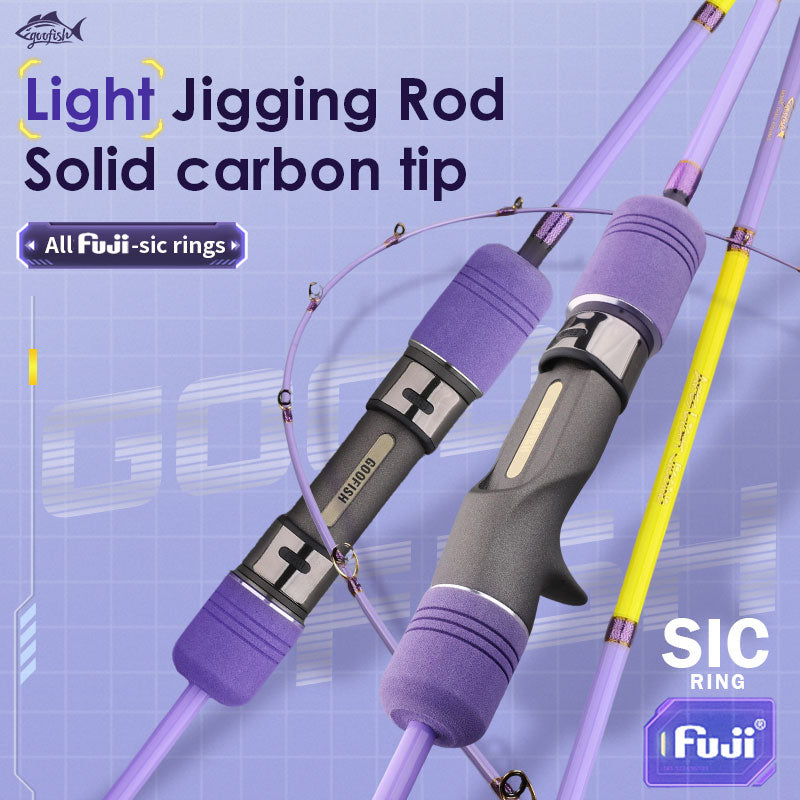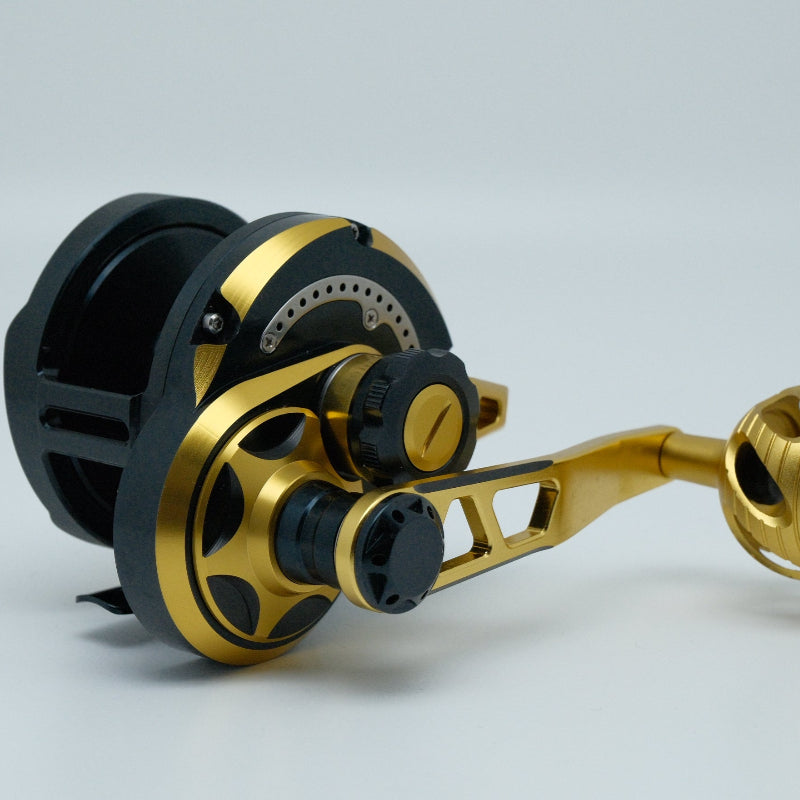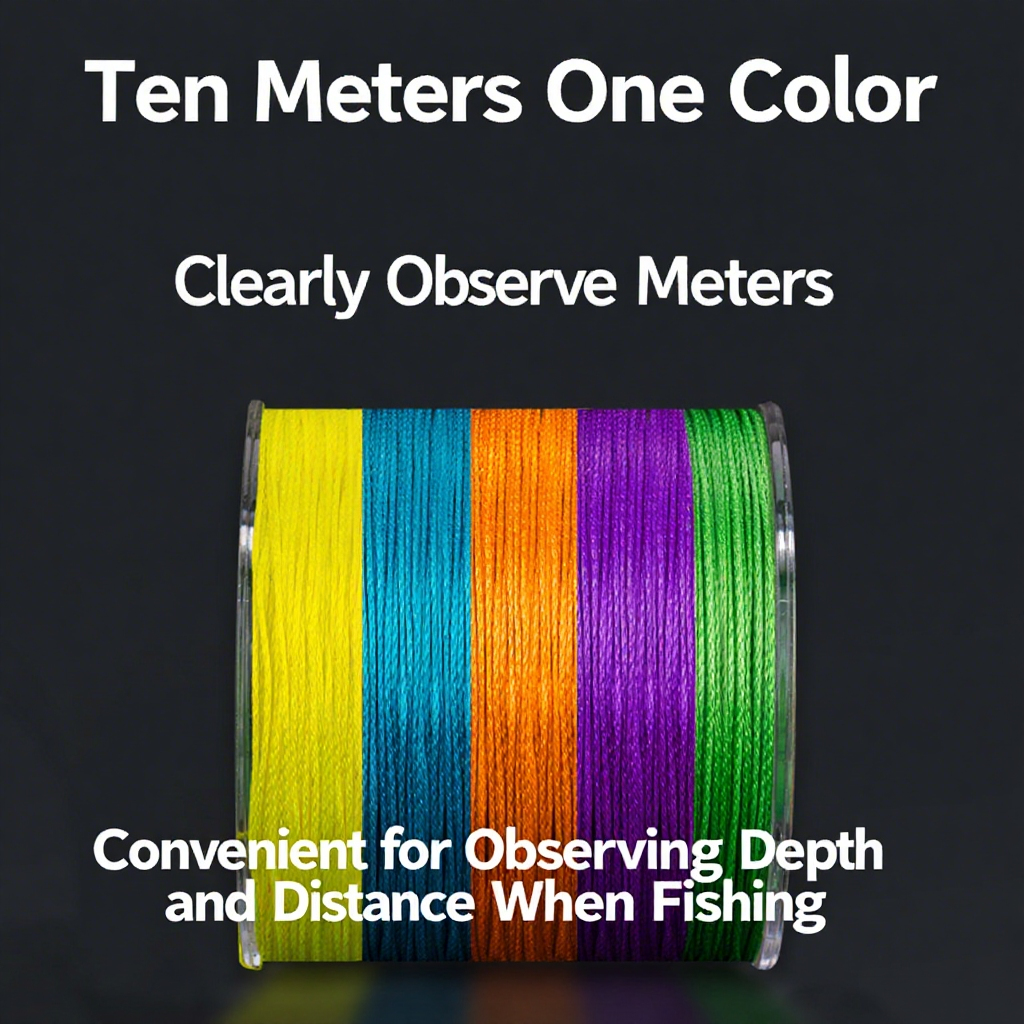Saltwater Jig Reel Care: 5 Steps to Extend Life
For saltwater anglers, a best jigging reel is an indispensable tool—whether you’re targeting kingfish, marlin, or tuna, your reel’s performance directly impacts your catch. But harsh saltwater environments, heavy use, and wear and tear can shorten its lifespan. Follow these 5 proven steps to maintain your jigging reel and maximize its longevity, so you can stay on the water catching more fish for years to come.
Why Saltwater Jig Reel Maintenance Matters
Saltwater is corrosive, and sand, grit, and moisture can damage gears, drag systems, and spools. Neglecting care leads to stiff drag, erratic casting, or even total failure. By prioritizing maintenance, you’ll not only save money on replacements but also ensure reliability during critical moments on the water.
Step 1: Routine Cleaning After Every Use
The first line of defense against salt damage is thorough cleaning. Here’s how to do it right:
- Rinse with Freshwater: Use a hose (low pressure to avoid forcing water into seals) to wash away salt, sand, and debris from the reel body, spool, handle, and line guides. Pay special attention to crevices where salt can accumulate.
- Disassemble Gently: For saltwater-specific jigging reels, remove the spool (if possible) and rinse internal components. Avoid using harsh chemicals—mild dish soap (fragrance-free) and a soft brush (toothbrush works) are ideal for stubborn grime.
- Dry Completely: Air-dry the reel in a shaded, ventilated area for at least 24 hours. Moisture trapped inside accelerates rust, so ensure every part is bone-dry before reassembly.
Pro tip: For anglers who fish daily, schedule weekly deep cleans to stay ahead of corrosion.
Step 2: Lubricate Moving Parts to Prevent Friction
A well-lubricated reel runs smoothly and reduces wear. Focus on these key areas:
- Gears and Bearings: Use a high-quality, saltwater-resistant lubricant (avoid petroleum-based oils, which attract dirt). Apply a tiny drop to gear teeth and bearing races—excess lube attracts sand, causing more harm than good.
- Drag System: Lubricate the drag washers and clutch bar with a silicone-based grease to keep them slippery and corrosion-free. This ensures consistent drag performance, crucial for landing big fish.
- Spool Shaft: A lightly lubricated spool shaft prevents binding, especially in light jigging spinning reels that require smooth rotation.
Note: Refer to your reel’s manual for specific lubrication points—over-lubricating can be as damaging as under-lubricating.
Step 3: Inspect and Replace Worn Components
Preventative maintenance beats reactive repairs. Check these parts regularly:
- Line Guides: Cracked or corroded guides (especially ceramic or aluminum) must be replaced. A bent guide throws off casting accuracy and stresses the line, leading to premature breakage.
- Drag Washers: Inspect for fraying, scoring, or discoloration. Worn drag washers reduce stopping power and increase heat buildup, risking total drag failure.
- Spool Edges: Ensure the spool’s rim is smooth—burrs or sharp edges damage line. Use fine-grit sandpaper to smooth minor imperfections.
When to upgrade: If your reel is 5+ years old or has seen heavy offshore use, consider replacing it with a best jigging reel 2024 or 2025 model designed with enhanced corrosion resistance (e.g., stainless steel, sealed drag systems).
Step 4: Store Properly to Avoid Environmental Damage
Even the best-maintained reels suffer in poor storage conditions. Follow these guidelines:
- Keep It Dry: Store your reel in a cool, dry place—avoid basements or garages with high humidity. Use a breathable reel bag to prevent mold.
- Hang or Lay Flat: For jigging reels, hanging from a hook (using the handle eyelet) prevents spool deformation. Avoid stacking heavy gear on top, which can warp internal components.
- Loosen Drag Before Storage: Relieve tension on the drag system to reduce stress on washers and gears. This simple step extends their lifespan.
Bonus tip: For saltwater rods and reels, use a desiccant packet (like silica gel) in the storage bag to absorb residual moisture.
Step 5: Customize Care for Your Fishing Style
Different jigging techniques and target species demand tailored maintenance. Consider these scenarios:
- Heavy Jigging for Kingfish/Tuna: High-stress use means more frequent cleaning and lubrication. Focus on the drag system, as sudden fish runs put immense pressure on washers.
- Light Trolling with Spinning Reels: Inspect line guides and bail wires more often, as lighter reels are prone to sand infiltration. Use a micro-fiber cloth to remove tiny particles.
- Offshore vs. Inshore Use: Offshore reels face deeper salt exposure—opt for a best light jigging spinning reel with extra corrosion coatings and rinse more thoroughly after each trip.
Conclusion: Your Reel’s Lifeline
A well-cared-for jigging reel is an investment in your fishing success. By following these 5 steps—cleaning, lubricating, inspecting, storing, and customizing care—you’ll enjoy reliable performance, better casting, and stronger catches. Remember: preventative care isn’t just about extending life—it’s about maximizing every moment on the water.
Ready to upgrade? Explore our top picks for best jigging reels 2025, designed to withstand saltwater’s toughest conditions. Happy fishing!











Leave a comment